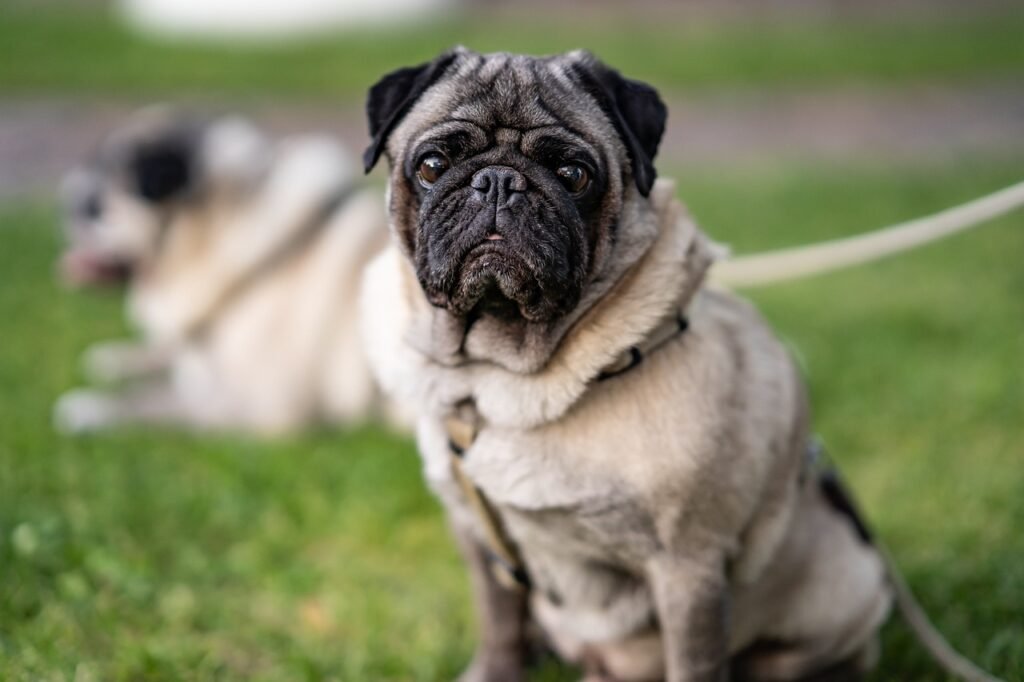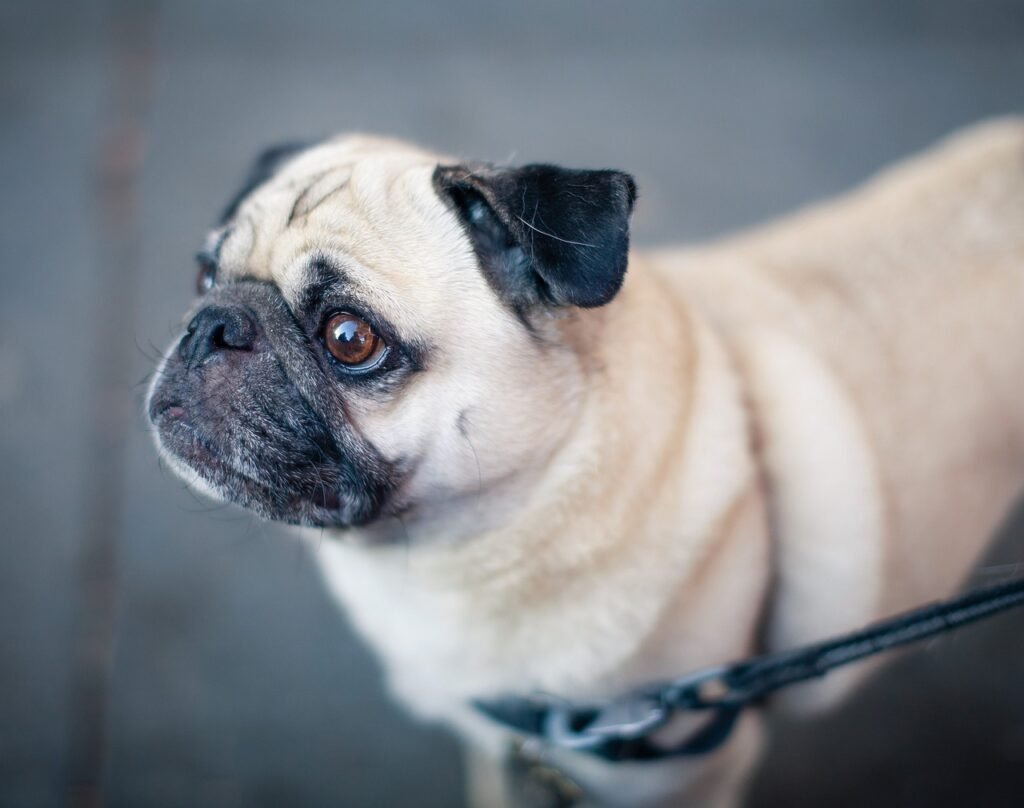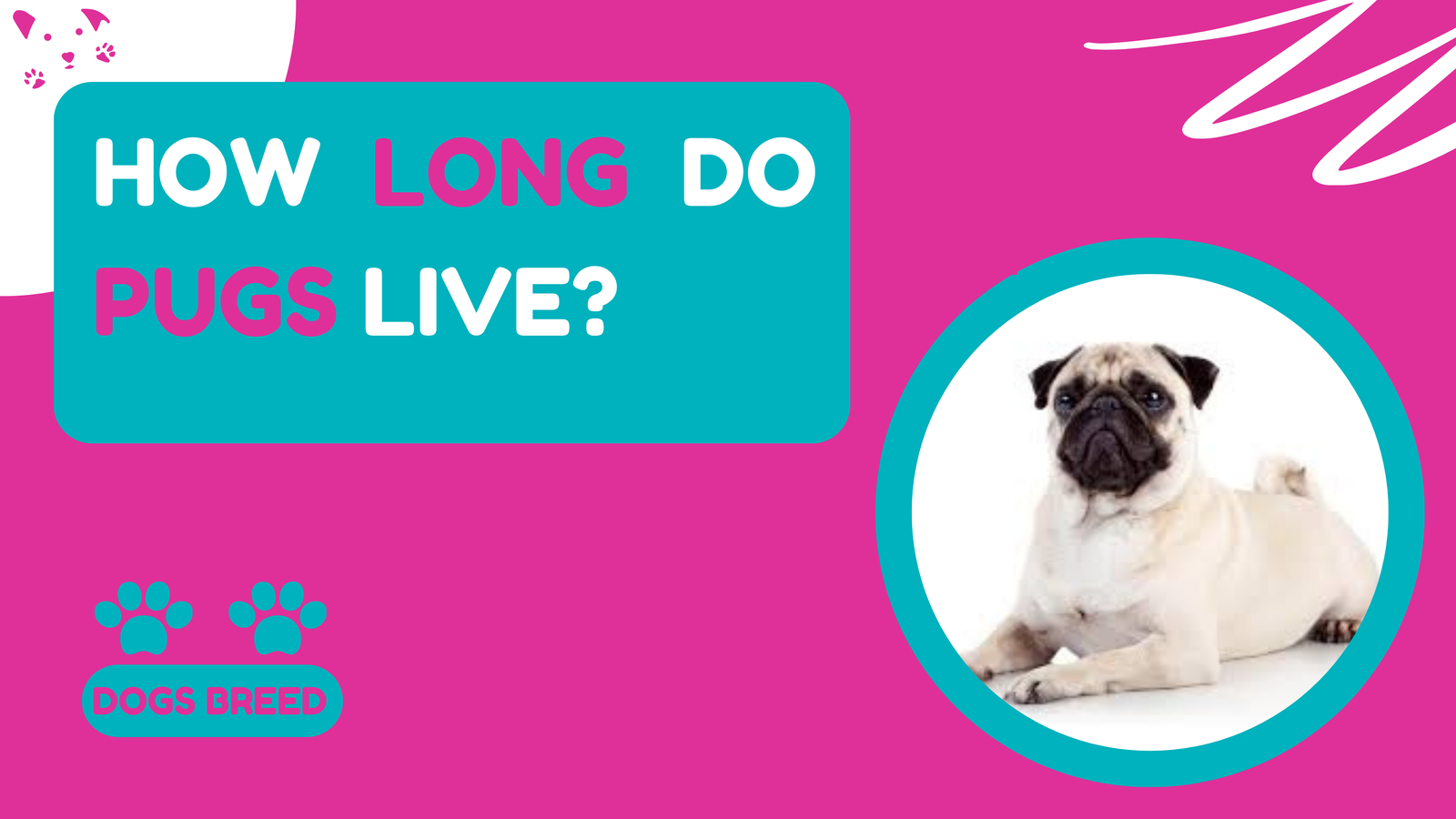Ever wondered how long your adorable pug might stick around? Pugs, with their wrinkly faces and charming personalities, make fantastic companions.
But like any pet, it’s essential to understand their lifespan and how to help them live their best, healthiest life.
This article dives deep into the factors that influence a pug’s lifespan and provides practical tips to ensure your furry friend lives a long and happy life.
Average Lifespan of Pugs
On average, pugs live between 12 to 15 years. This range can vary depending on several factors, including genetics, lifestyle, and overall health.

While some pugs may not make it to their teens, others can live well beyond 15 years with proper care. Understanding what affects their lifespan helps you take proactive steps in their care.
Factors Affecting Lifespan
Several elements can influence how long a pug lives. Genetics play a significant role, but so do factors like diet, exercise, and preventive healthcare. Environmental factors and the level of care provided by the owner also play crucial roles. By focusing on these aspects, you can help your pug reach the upper end of their lifespan potential.
Genetics and Pug Lifespan
Inherited Health Conditions
Pugs are predisposed to certain genetic conditions, such as brachycephalic syndrome, which affects their breathing. Other inherited issues include hip dysplasia and various eye conditions.
These health challenges can impact their overall lifespan, making it crucial to understand their hereditary background and manage any health issues proactively.
Breeding Practices
The way pugs are bred can also affect their health. Responsible breeding practices aim to reduce the prevalence of genetic disorders, contributing to healthier, longer-living pugs.
Avoiding breeders who focus solely on appearance rather than health can make a significant difference in the lifespan of your pug.
Common Health Issues in Pugs
Respiratory Problems
Pugs often struggle with respiratory issues due to their short muzzles. Conditions like brachycephalic obstructive airway syndrome (BOAS) are common and can affect their quality of life and longevity.
These issues can lead to complications, especially in hot or humid weather, so it’s essential to manage their environment and activity levels carefully.
Obesity
Pugs are prone to obesity, which can lead to various health problems such as diabetes, heart disease, and decreased mobility. Maintaining a healthy weight is crucial for their longevity. Regular exercise and a balanced diet are key components in preventing obesity and its associated health risks.
Joint Issues
Joint problems, including hip dysplasia and arthritis, are common in pugs. These conditions can be painful and affect their ability to exercise, which in turn impacts their overall health. Regular veterinary check-ups and appropriate treatments can help manage these issues and improve your pug’s quality of life.
Nutrition and Diet
Balanced Diet
Feeding your pug a balanced diet is vital for their health. High-quality dog food that meets their nutritional needs helps maintain a healthy weight and supports their overall well-being. Avoiding high-calorie treats and human food can also prevent obesity and related health issues.
Importance of Hydration
Adequate hydration is just as important as a balanced diet. Always ensure your pug has access to fresh water to support their bodily functions and prevent dehydration. Proper hydration aids in digestion, joint lubrication, and overall cellular health, contributing to a longer lifespan.
Exercise and Physical Activity

Daily Exercise Needs
Pugs need regular exercise to stay healthy. While they don’t require as much activity as some larger breeds, daily walks and playtime are essential to keep them fit and prevent obesity. A consistent exercise routine helps maintain their cardiovascular health and prevents behavioral issues related to boredom.
Types of Suitable Exercises
Gentle activities like walking, light jogging, and interactive play are ideal for pugs. Avoid strenuous exercises that might overheat them, given their respiratory challenges. Tailoring the exercise to their specific needs and limitations ensures they stay active without overexertion.
Preventive Healthcare
Regular Vet Check-ups
Regular veterinary check-ups are crucial for early detection and management of health issues. Routine exams help ensure your pug stays healthy and catches any potential problems before they become serious. Vaccinations, dental care, and preventive screenings are all part of a comprehensive health plan.
Vaccinations and Parasite Control
Keeping up with vaccinations and parasite control protects your pug from diseases and infections. This preventive care is a simple yet effective way to support their long-term health. Flea, tick, and worm treatments should be part of their regular health regimen to avoid complications.
Grooming and Hygiene
Skin Care
Pugs’ wrinkles can trap dirt and moisture, leading to skin infections. Regular cleaning and proper skincare help prevent these issues, ensuring your pug stays comfortable and healthy. Bathing with gentle, dog-specific shampoos and keeping their skin folds dry is essential for their skin health.
Dental Care
Dental hygiene is often overlooked but critical for your pug’s health. Regular brushing and dental check-ups can prevent gum disease and other oral health problems. Poor dental care can lead to infections and other serious health issues, so it’s important to incorporate dental care into your routine.
Mental Stimulation and Socialization
Cognitive Enrichment
Mental stimulation is essential for a happy, healthy pug. Puzzle toys, training sessions, and interactive games keep their minds sharp and prevent boredom. Engaging their brains helps reduce stress and anxiety, contributing to their overall well-being.
Interaction with Other Dogs and Humans
Socialization helps pugs develop good behavior and reduces anxiety. Regular interaction with other dogs and people makes them well-rounded and happier pets. Positive social experiences from a young age help build their confidence and reduce behavioral problems.
Creating a Safe Environment
Home Safety
A safe home environment is crucial for your pug’s well-being. Keep hazardous items out of reach, secure trash bins, and ensure there are no small objects they could swallow. Safety gates and secured areas can prevent accidents and keep your pug safe.
Safe Outdoor Activities
When outside, always supervise your pug. Use a harness instead of a collar to protect their neck and ensure they’re not exposed to extreme temperatures that can exacerbate their respiratory issues. Providing a safe outdoor space for play and exercise can enhance their quality of life.
Recognizing Signs of Aging in Pugs
Physical Changes
As pugs age, they might show signs like gray hair, reduced energy, and weight changes. Being aware of these changes helps you provide appropriate care. Regular vet check-ups become even more important to monitor their health as they age.
Behavioral Changes
Older pugs might become more irritable or less interested in play. Understanding these behavioral changes can help you adapt their care routine to keep them comfortable. Providing a calm and stress-free environment can make a big difference in their later years.
Enhancing Quality of Life for Senior Pugs
Comfort Measures
Provide soft bedding, assistive devices, and a calm environment to enhance your senior pug’s comfort. These measures can significantly improve their quality of life. Ensuring they have easy access to their favorite spots and minimizing the need for strenuous activity helps them stay comfortable.
Special Dietary Needs
Senior pugs may require a diet tailored to their aging bodies. Consult your vet for dietary recommendations that support their health in their golden years. Senior dog food often contains supplements that support joint health and overall vitality.
Emotional Well-being of Pugs
Reducing Stress
Minimize changes in routine and create a stable environment to reduce stress for your pug. Stress can negatively impact their health, especially as they age. Consistent schedules and familiar surroundings help keep them relaxed and happy.
Providing Love and Attention
Never underestimate the power of love and attention. Regular affection and bonding time strengthen your relationship and contribute to your pug’s emotional well-being. A happy pug is more likely to live a longer, healthier life.
The Role of Owners in Extending Pug Lifespan

Commitment to Care
Owning a pug is a long-term commitment. Regular care, attention, and love are essential to help them live a long, healthy life. By staying informed and proactive about their needs, you can make a significant impact on their lifespan.
Educating Themselves
Educate yourself about pug-specific health needs and care tips. Knowledgeable owners can provide better care, contributing to their pug’s longevity. Resources like Pug Dog Breed Characteristics, Lifespan and Essential Grooming Tips offer valuable information for ensuring your pug thrives.
FAQs: Pug Dogs
What is the most common cause of death in pugs?
The most common causes of death in pugs are related to their respiratory issues, heart problems, and obesity-related complications.
Can pugs live longer than 15 years?
Yes, some pugs can live beyond 15 years with proper care, a healthy diet, regular exercise, and regular veterinary check-ups.
How can I help my pug lose weight?
To help your pug lose weight, provide a balanced diet, regular exercise, and avoid giving them high-calorie treats. Consult your vet for a weight loss plan tailored to your pug.
Are pugs prone to separation anxiety?
Yes, pugs can be prone to separation anxiety. They thrive on companionship and can become anxious when left alone for long periods.
How often should I clean my pug’s wrinkles?
It’s best to clean your pug’s wrinkles daily or at least several times a week to prevent infections and skin issues.
Conclusion
Pugs are adorable, loving companions that bring joy to any household. By understanding their unique needs and providing comprehensive care, you can help your pug live a long, healthy, and happy life. Remember, your commitment and attention to their well-being make all the difference.


1 thought on “How Long Do Pugs Live? Unveiling the Secrets of Pug Longevity!”